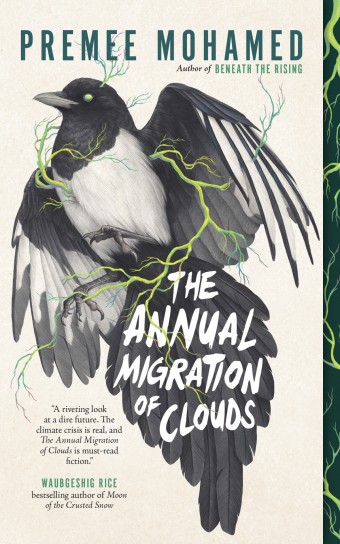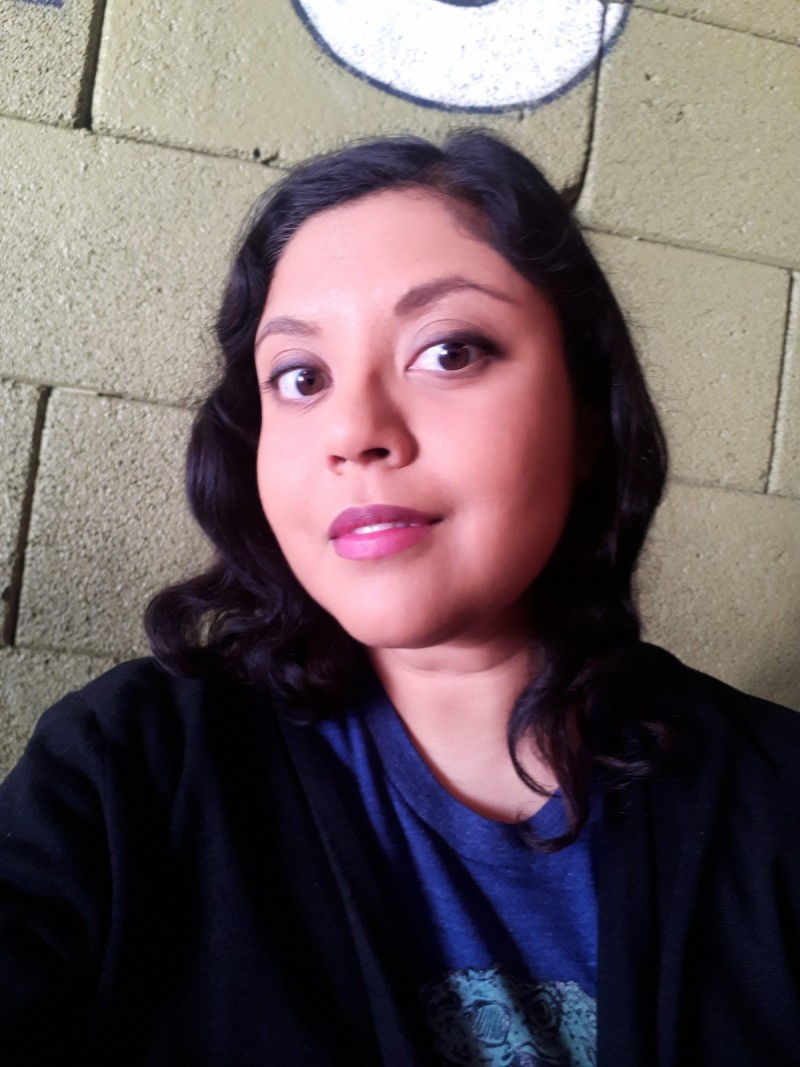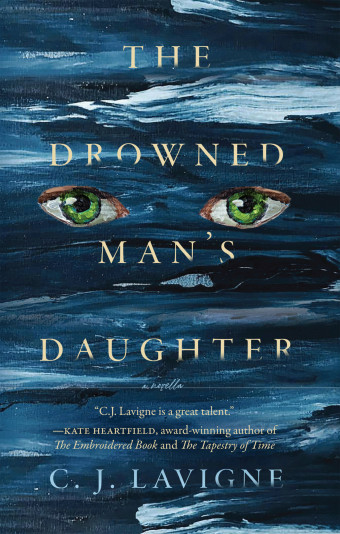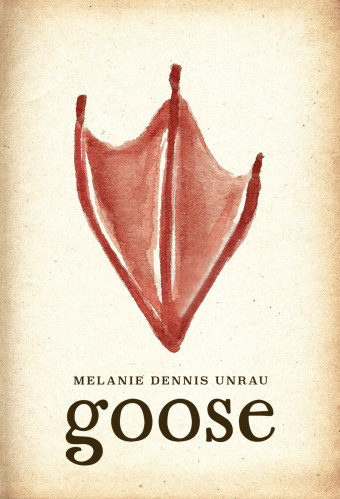Climate change continues to make alterations to the world in unpredictable ways, the impact of which will change billions of lives. It is a scenario that an increasing number of people are worried about. And that concern is at the core of The Annual Migration of Clouds.
Premee Mohamed’s new novella takes that reality and twists it by setting a post-apocalyptic climate change story in Alberta and throwing a curveball or two over the plate.

- The Annual Migration of Clouds
- Premee Mohamed
- ECW Press
- $19.95 Paperback, 168 pages
- ISBN: 978-17-70415-93-5
Why did she choose that specific province? “I think part of it was that I’ve never really set a story in my home – not the full story, anyway,” Mohamed says. “I’m immersed in Alberta as a physical entity, and I very much wanted to write about it, even a very small part of it, specifically the river valley here in Edmonton.”
The story focuses on Reid, a young woman trying to help her family survive the new normal while finding her own path. “This is someone dying for novelty and barely aware of it; she’s never travelled, she’s never had new experiences. She’s also driven by her own internal sense of duty, and her upbringing, I think,” explains Mohamed. The problem for Reid is that her journey hits a slight speedbump in the form of the Cadastrulamyces infection or Cad.
This is one of the big curveballs in this post-apocalyptic story. The Cad is a mysterious, mind-altering fungi that invades the human body and causes some serious problems. It was based on several infamous real-life fungi and bacteria, including Toxoplasma gondii, Wolbachia, and Cordyceps. Each one of them has varied impacts on the behaviours of the beings they infect, just like the Cad.
Mohamed is well qualified to create fictional medical conditions, as she is a biologist as well as a speculative fiction writer. When working the Cad into the story, she had a big goal.

“I was aiming at a disease that might strenuously attempt to alter the host’s body in a way to preserve its own existence,” she explains, “which means that those infected with it find themselves wondering whether it also affects their mind, and whether they can trust their thoughts, memories, emotions, and reactions.”
Witnessing Reid trying to navigate this new world with a mind she can’t trust is engaging to say the least. But there’s more to this story than that. It is an examination of what the world could look like if people don’t take climate change seriously.
“Unfortunately, the problem with climate change is that we can predict some of its effects reasonably well, and others less well,” says Mohamed. “The models seem to show that in Alberta, after it warms enough for us to lose all the mountain glaciers, there will be a period of increased precipitation and perhaps major storms. But then what will happen after that?”
What will happen, indeed?
For Mohamed, there is a nugget of hope waiting there. “I think there will be a period of disorder, and then a period of determination, restructuring, and rebuilding,” she says. “Or I hope so, anyway.”













